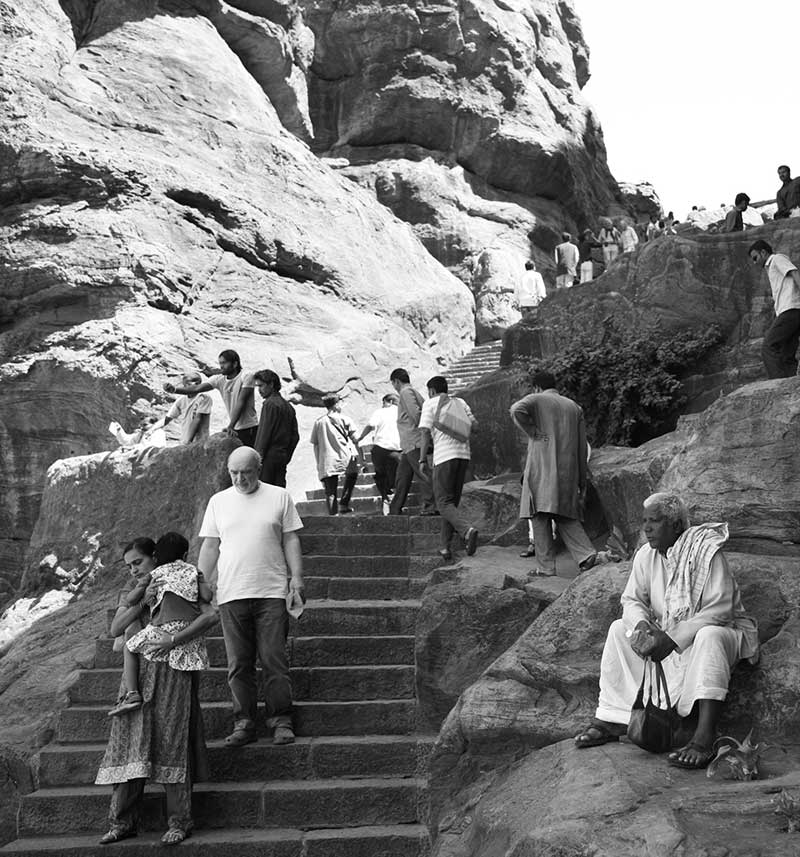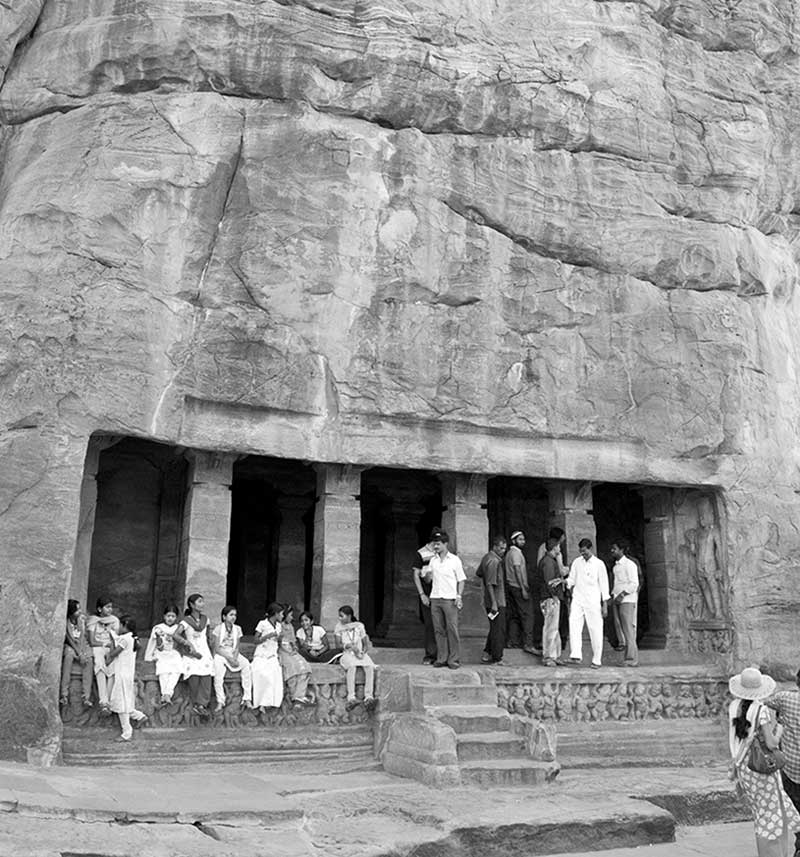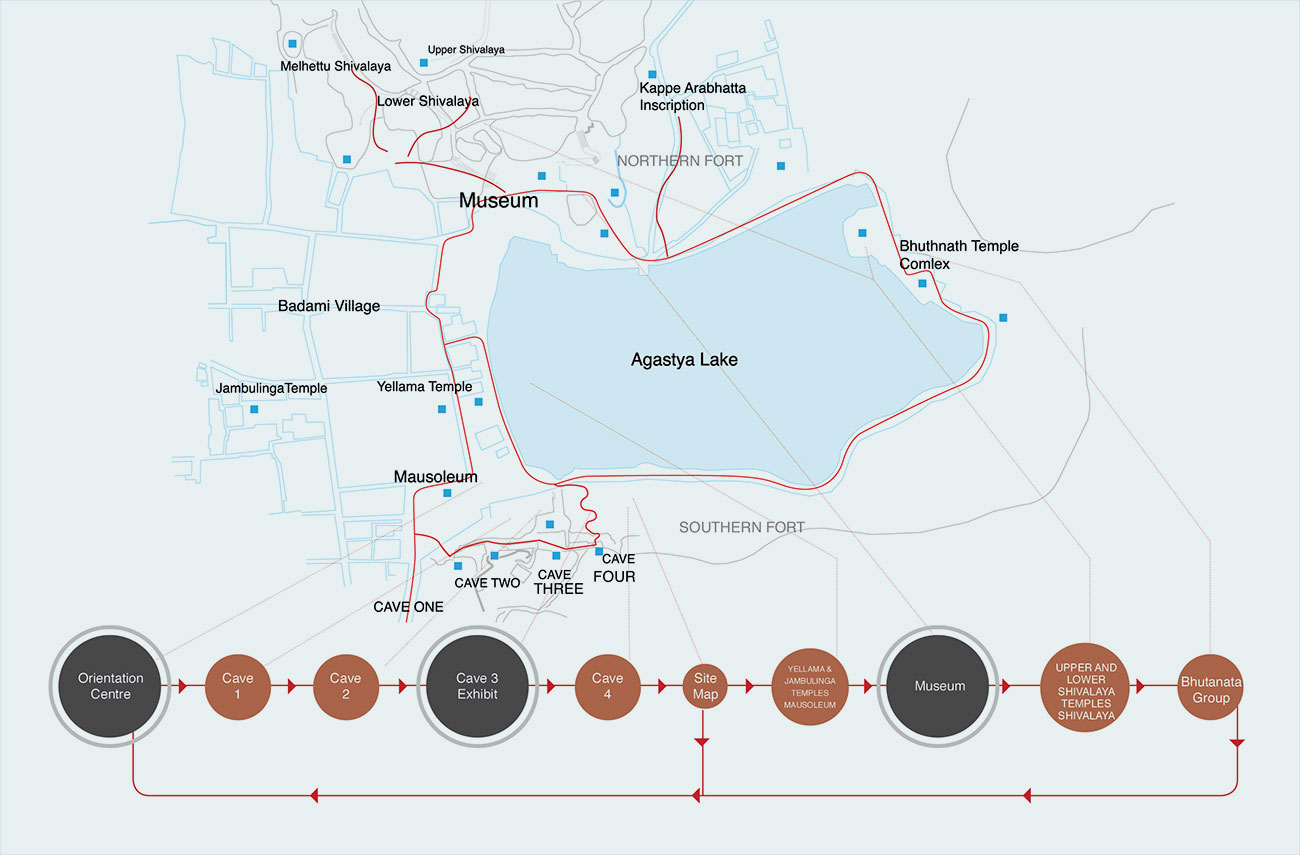A Great Day Out?
Badami Heritage SIte
A brief for visitor research
Sacred heritage sites have a quality, what can be called the ‘spirit of the place,’ to provoke philosophical and emotive responses.
Visiting a heritage in India is mostly pursued as a leisure activity. While it is a place of encounter with the cultural past, for some tourists it may just be ‘a great day out with friends and family.’ Research into how visitors want to move around a site, by freely exploring – or being lead through interpretation, can provide vital insights that will help connect interpretation strategies with intrinsic exploratory, leisure or learning interests.


This detailed written report is a brief to conduct visitor research as well as an exploratory approach for the interpretation and orientation for the Badami heritage site. The brief discusses the pros and cons of presuming universality to touristic practice at the site; how a better understanding of visitor types – their motivations to visit, expectations, needs and how they interact and interpret the site, will provide the tools to communicate with stakeholders and audiences as well as manage the site better. (Sarita Sundar, Brief for Visitor Research at Badami, 2014)

Differentiated groups will have their own interactive, ritualized way of seeing and participating with the site.
Differentiated groups will have their own interactive, ritualized way of seeing and participating with the site.

Along with a brief for visitor research are exploratory plans for interpretation and key visitor orientation zones.
Along with a brief for visitor research are exploratory plans for interpretation and key visitor orientation zones.


